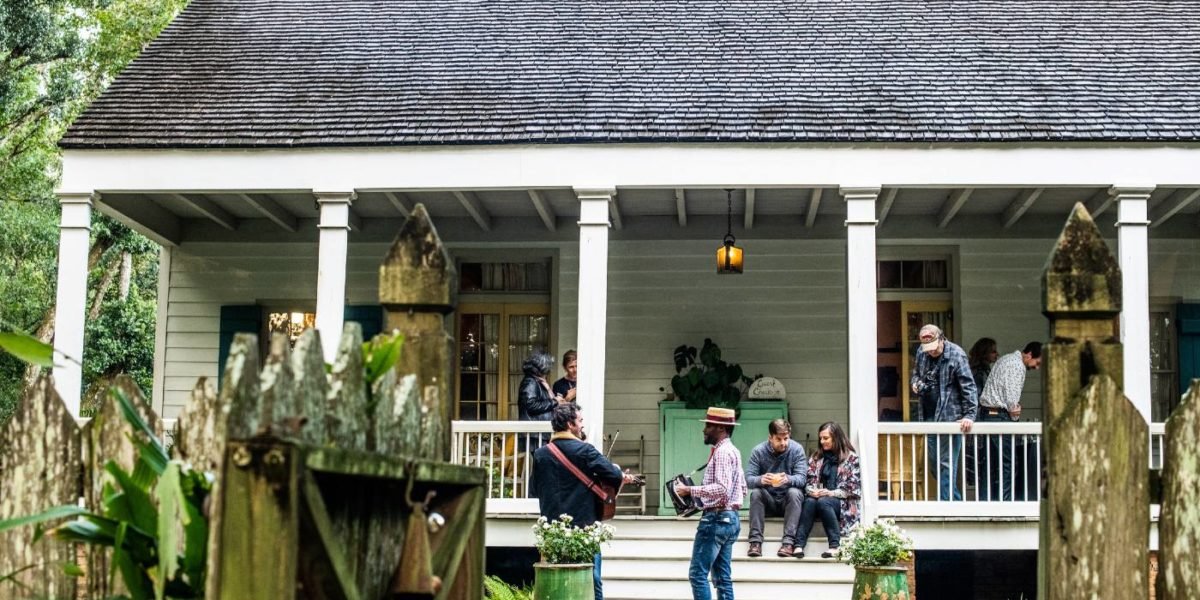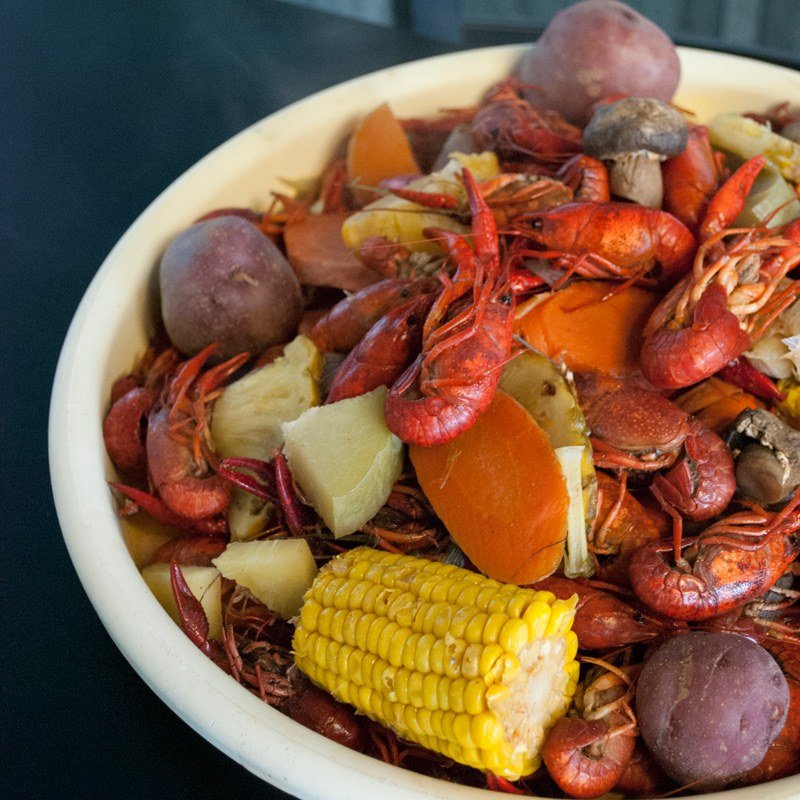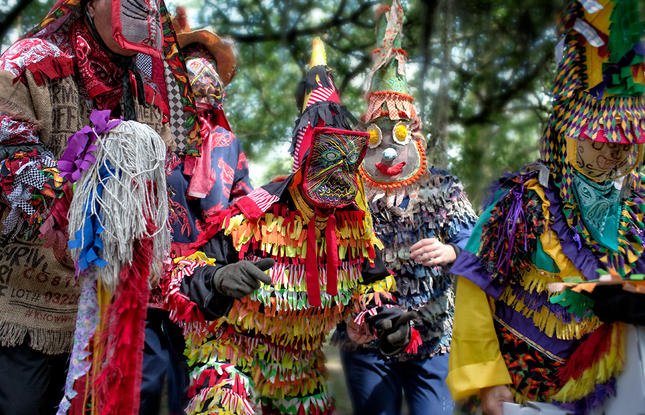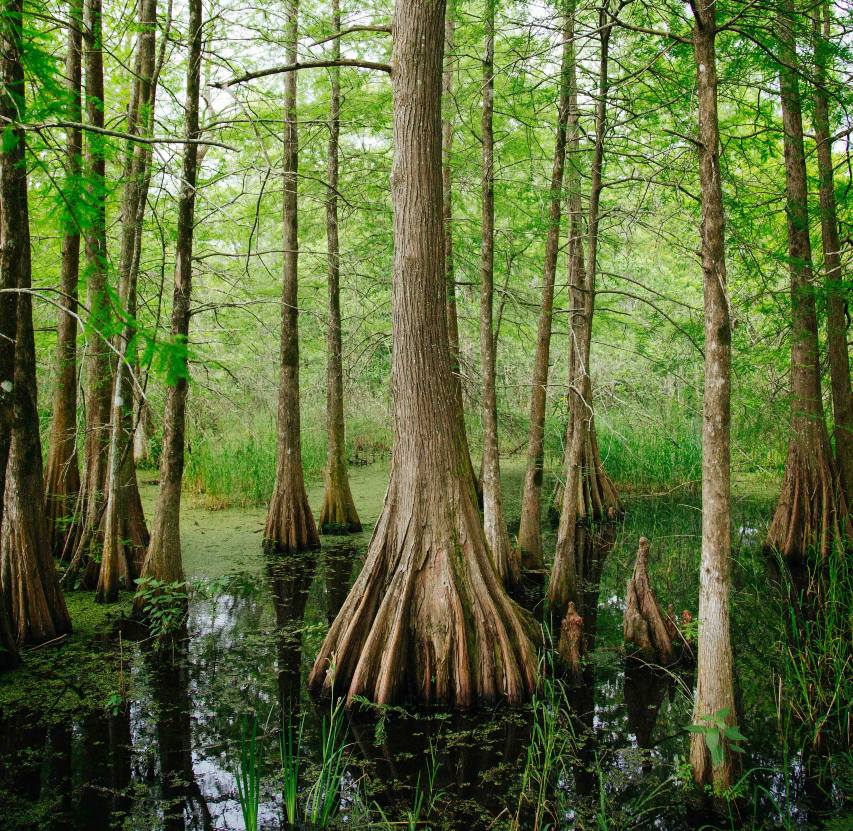
A Guide to Cajun Culture in Southern Louisiana
It’s all about the gumbo and good times.
When you think Louisiana, your mind may conjure up images of Mardi Gras on Bourbon Street in New Orleans. But–while we’re not above a raucous celebration every now and again– you’ll be seriously limiting yourself if you think that’s all the state has to offer.
Anthony Bourdain said it best:
“There are parts of America that are special, unique, unlike anywhere else. Cultures all their own, kept close, much loved but largely misunderstood. The vast patchwork of saltwater marshes, bayous, and prairie land that make up Cajun country is one of those places.”
That’s from the opening narration of one of Bourdain’s Parts Unknown episodes: Cajun Mardi Gras.
Cajun culture is one that truly fits the classic American idea of a “melting pot.” Cajuns are the descendants of Roman Catholic French Canadians, displaced by the British from French colony of Acadia, who thereafter settled the bayous of southern Louisiana. Although French influences remain a key element of Cajun culture, it’s the additional mix of Native American, African American, Spanish and English heritage that gives Cajun culture its unique flavor.
Food, Music and Good Times

Courtesy of Louisiana Cookin
One of the first things you need to know about Cajun culture is that they love to have a good time.
“For Cajuns growing up in this rural area… Saturdays and Sundays were meant for families to gather and cook and play music,” said Walt Adams, owner of the acclaimed Cajun bed and breakfast on Lake Martin called Maison Madeleine. “That’s still very much in the culture here: the interrelation between food and music and manufacturing a great time. The attitude and the spirit that true residents here share is remarkable.”
New Orleans is well known as the birthplace of jazz and the home of iconic musicians, such as Louis Armstrong. Although jazz certainly can be found outside the big city as well, Cajun music relies more heavily on the accordion and fiddle than the saxophone.
And of course, good music is best accompanied with good food. Thankfully, something that Cajun country has no shortage of. Adams said that it’s hard to beat crawfish when it’s done right but that gumbo (a stew of strongly-flavored stock, meat or shellfish and vegetables) was what initially hooked him 20 years ago when he decided to move to Louisiana.
Cajun Mardi Gras

Courtesy of Louisiana Travel
Gumbo is such an influential pillar of Cajun culture that there’s an entire festival based on it. You may think nothing could be crazier than New Orleans’ Mardi Gras festivities, but that’s only if you haven’t ventured out into the rural towns to experience Courir de Mardi Gras– or the Cajun Mardi Gras, as it’s sometimes called.
The traditional festival features colorfully-dressed individuals running from house to house begging (or demanding!) ingredients for gumbo. The grande finale involves the attending revelers chasing after a runaway chicken with the goal of capture. A goal made more difficult than it may seem, considering the preceding day of drinking. Once caught, the chicken is added to the gumbo as the final ingredient.
If you’re interested in joining in on the fun, there are a few rules: You must make your own costume and your face cannot be seen. Cue the crazy masks and tattered, flashy outfits.
France’s Legacy
One of the most obvious ways French heritage is present in Cajun culture (besides all of the amazing bread) is through language. In certain areas, a local dialect of French is spoken called Cajun French or French Creole.
“You go in a gas station or grocery store, you’re going to hear French Creole spoken as a first language here,” Adams said. “Francophones– wherever they’re from in the world– are comfortable here because it’s not completely foreign. It’s the equivalent of an American going to England.”
In fact, Adams estimated that over half of their guests at Maison Madeleine were French before COVID limited international travel.
“Many people from France come into New Orleans and find it too intense and commercialized,” Adams said. “They want to see where their ancestors went.”
The Landscape

The hauntingly beautiful swamps and bayous of southern Louisiana are more than a pretty backdrop for Cajun people. Adams claims that the landscape is the main source of Cajun culture’s inspiration, from music and good times out on the lakes to the perfect environment for crawfish to thrive.
“There’s a lot of nature here and every bit of that– the art, music, food, families– the natural environment is the catalyst for everything else,” Adams said.
Top photo courtesy of Maison Madeleine.
Sample Itinerary
Want to experience Cajun country for yourself? Check out this itinerary for more of an idea of what your Louisiana trip could look like: The Best of New Orleans and Cajun Country
